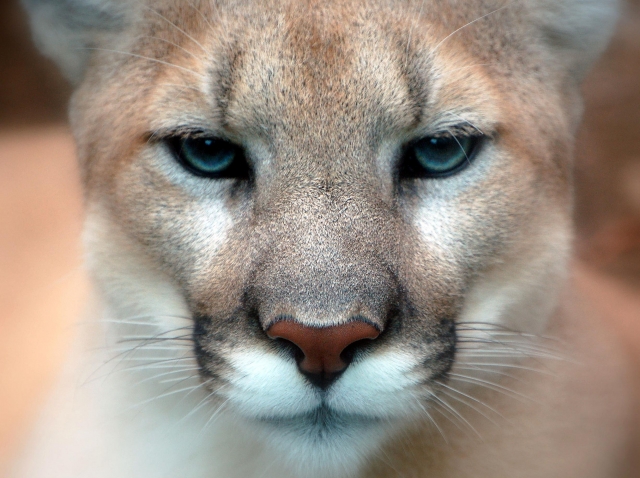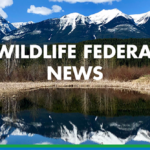News from the Province: Snowmobile ban; moose study; end to cougar season
Province implements snowmobile ban in West Kootenays
Backcountry recreationalists are reminded to follow the rules while snowmobiling to help protect mountain caribou habitat and support British Columbia’s Mountain Caribou Recovery Implementation Plan.
Natural resource officers and conservation officers are patrolling B.C.’s backcountry this winter to enforce snowmobiling regulations and area closures. Failure to comply with the regulations or co-operate with officers could result in fines or equipment seizures. Continued non-compliance could result in increased closures in that area.
Closures now are in effect in about 60 areas frequented by the mountain caribou, an endangered species in British Columbia.
Areas of particular concern this winter include: Silvercup Ridge, Mt. Grace, Standard Peak, Sale Mountain, Frisby Ridge, Catamount Glacier, North Star Glacier and the Upper Spillimacheen River area.
The closures are intended to help boost mountain caribou populations in these areas. Snowmobile activity can affect the animals’ behaviour, prompting them to move into less suitable habitat where the food supply is not as plentiful or where their activity in steep terrain could create avalanche hazards. If mountain caribou are forced out of an area unnecessarily, the caribous’ energy reserves can be depleted during this critical time of the year.
People who encounter mountain caribou while snowmobiling in an unrestricted area should take the following precautions:
- Do not approach the animals.
- Turn off all snowmobile engines and give the caribou a chance to move away.
- Leave the area as soon as it is practical to do so.
- Avoid riding within sight of the animals.
Snowmobilers should also be aware that it is illegal to damage young trees in reforested areas or operate a snowmobile on plowed forest service roads.
Province to study moose population
A comprehensive five-year moose study that will investigate recent moose population declines in B.C.’s Interior is now underway.
The study will engage 11 wildlife biologists, one wildlife veterinarian and several other staff over its five-year duration. Over 200 moose will be radio collared, their movements tracked and all mortalities will be investigated to determine cause of death.
Inventory work conducted by wildlife biologists in 2011/12 and 2012/13 indicated that moose densities in some areas of British Columbia’s Interior have declined, while they were stable in other areas. The study will help determine what factors contributed to the declines, and what can be done to reverse them.
There are currently five separate study areas ranging from near Fort St. James in the north to the Bonaparte region northwest of Kamloops, with the possible addition of three more as the work progresses. The areas were specifically chosen to ensure a range of landscapes are examined in terms of the age of forest cover and amount of pine-beetle infestation with associated salvage logging and road building. The study will consider:
- What factors, like hunting pressure, predators, parasites and diseases, and climate, influence the risk of mortality to moose.
- How forestry-related changes to the landscape may impact those mortality risks.
- Seasonal movement and distribution of moose populations in target areas.
Although the final results of the study will not be available for several years, wildlife biologists will be able to use preliminary information to help direct management of moose throughout the province.
Ministry ends cougar hunting season in East Kootenays
The Ministry of Forests, Lands and Natural Resource Operations has closed the cougar hunting season in the East Kootenay, effective midnight on Saturday, February 1, 2014.
The closure covers the Columbia River valley from Mica Creek in the north, east to the Alberta border and south to the U.S. border.
The closure is guided by the regional cougar management program to reduce the potential for overharvesting of the cougar population in the area. The closure is a routine action detailed on page 50 of the 2012-14 Hunting and Trapping Regulations Synopsis and is undertaken to ensure harvest levels remain sustainable.



























Comments